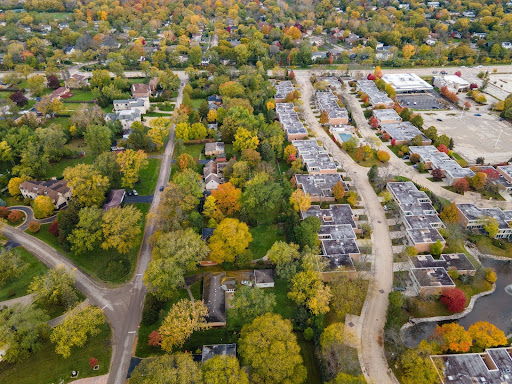Understanding the basics of budget-friendly tiny homes is essential for anyone considering this innovative housing solution. Tiny homes, typically defined as dwellings under 400 square feet, have become increasingly popular among budget-conscious individuals. Their appeal lies in their affordability, minimal environmental footprint, and the lifestyle shift they represent towards simplicity and sustainability.
Why Tiny Homes in Tucson?
In regions like Tucson, AZ, tiny homes are particularly attractive due to the area’s warm climate and growing interest in sustainable living. Building a tiny home in Tucson and its surrounding areas, such as Oro Valley, Marana, Sahuarita, and Green Valley, requires careful planning and budgeting from the outset. Proper planning helps ensure that the project stays on track financially and meets all the necessary requirements.
Cost-Effective Building Materials
Selecting cost-effective building materials is a critical step in constructing a tiny home. Materials such as reclaimed wood and recycled steel offer both durability and affordability. Using locally sourced materials can further reduce costs by minimizing transportation expenses. Innovative materials like Structural Insulated Panels (SIPs) are also worth considering for their energy efficiency benefits. For more information on sustainable building materials, Green Building Advisor offers valuable insights.
Alternative Financial Sources
Exploring alternative financial sources can help make building a tiny home more accessible. Various financing options are available, including personal loans and community banks that cater to tiny home builders. Crowdfunding and community support can also serve as viable financial resources. Additionally, government incentives or grants may be available to support sustainable building projects. For a comprehensive guide on tiny home financing options, visit the Tiny House Society.
Prioritizing Features for Maximum Investment
Prioritizing features for maximum investment ensures that the tiny home remains functional and comfortable. Essential features like multi-purpose furniture can enhance the home’s usability. Clever design strategies, such as vertical storage solutions, can maximize space. Investing in energy-efficient appliances and systems is crucial for reducing long-term costs and promoting sustainability.
DIY Building Considerations
For DIY enthusiasts, building a tiny home can significantly reduce costs. However, it requires specific skills and tools to undertake projects safely and effectively. In Tucson, many local DIY builders have successfully completed tiny home projects, often sharing their experiences and advice through community workshops or online forums.
Understanding Local Regulations and Permits
Understanding local regulations and permits is vital when building a tiny home in Tucson and its surrounding areas. Familiarity with zoning laws and building codes can prevent unexpected expenses. Working with experienced builders can help streamline the permitting process and ensure compliance with local regulations.
Case Studies and Success Stories
Case studies of budget-friendly tiny homes in Tucson provide valuable insights into successful projects. These examples often highlight strategies used by homeowners to stay within budget without sacrificing quality. Unique design elements and cost-saving measures contribute to the overall functionality and aesthetic appeal of these homes.
Future Trends in Tiny Home Construction
Future trends in tiny home construction promise to further reduce costs and improve efficiency. Emerging technologies, such as 3D printing, may revolutionize how tiny homes are built. Advancements in materials and construction techniques are likely to make tiny homes even more affordable and sustainable, addressing housing affordability issues in urban areas like Tucson.
Community and Cultural Dynamics
The rise of tiny homes is also influencing community and cultural dynamics in Tucson. As more people adopt minimalistic and sustainable lifestyles, tiny home communities are emerging. These communities foster collaboration and support among residents, reflecting a broader cultural shift towards simplicity and environmental consciousness.
Conclusion
Balancing budget and quality is achievable with strategic planning, careful material selection, and resourceful financing. Tiny homes offer a viable and affordable housing solution that does not compromise on quality or functionality. By embracing these principles, individuals in Tucson and surrounding areas can create beautiful, efficient, and budget-friendly tiny homes.


